
2
Trans People’s Access to Gender Reassignment Services
Health Sector Round Table Discussion 27 February 2008
Introductions and Objectives for the Day
The round table discussion was opened by the Human Rights Commission’s
kaiwhakarite Bill Hamilton, who then introduced the facilitator, Warren
Lindberg to outline the objectives for the day. These were focused on a small
number of concrete tasks, namely identifying:
• the work required to develop treatment pathways and standards of
care / best practice guidelines
• the options for how this work could be done and
• the next steps for progressing this Inquiry recommendation
Warren Lindberg emphasised that participants would not be making
decisions, and any minutes would be distributed widely to trans people and
others interested in the Inquiry’s health recommendations. All participants
were then invited to introduce themselves, and to outline their involvement in
the Inquiry.
Inquiry overview
Commissioner Joy Liddicoat provided an update of work since the final report
of the Inquiry into discrimination experienced by transgender people was
released on 18 January. The key activities had been media work, briefings
with trans communities and government agencies, and prioritising this health
sector round table discussion.
Treatment Pathways overview
Deborah Woodley from the Ministry of Health provided an overview of:
- the components of the NZ health quality framework
- clinical (or treatment) pathways including common features and
designs
- guidelines and
- standards of care
Deborah Woodley’s PowerPoint presentation and a slightly longer background
note distributed by the Ministry of Health are attached as Appendix 1.
Discussion
The key issue raised in the initial group discussion was the limitations arising
from treatment pathways that focused on treating symptoms or disease states
rather than on supporting people’s holistic and complex health needs.
Participants then broke into three small groups to discuss the following
questions:
- If health services for trans people were working well, what would that
look like?
- What is the outcome people want and what do trans people need to
achieve their potential?
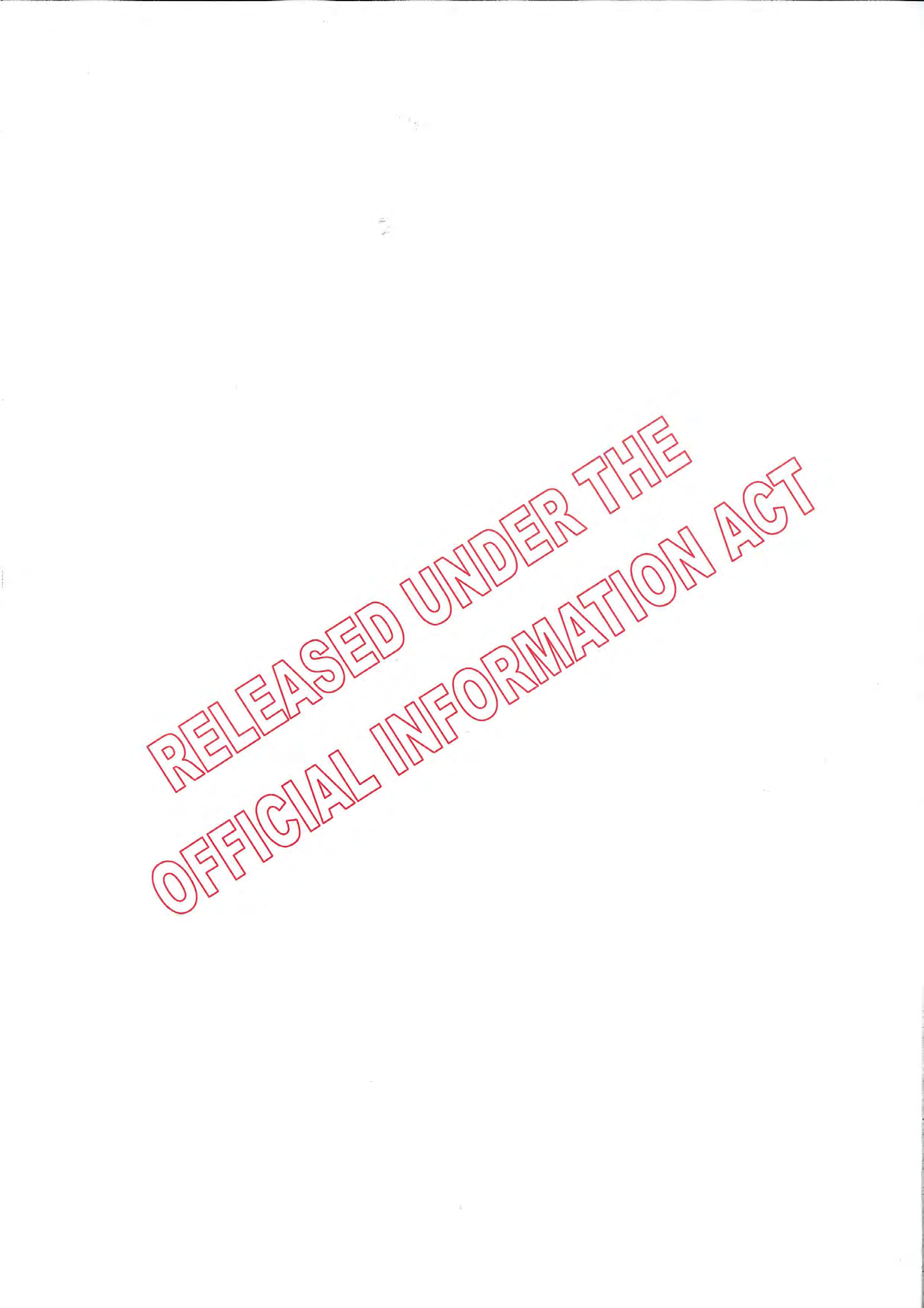
Report-backs from small group group discussions identified the following key
points:
RECOGNITION:
- The importance of language e.g. empowered choice
- Recognise a person’s right to self-direction and to identify their own
needs
- Recognition rather than diagnosis
RANGE OF OPTIONS
- There is potential bias and discrimination in current decisions about
services for trans people
- Structural barriers exist preventing trans people from accessing
services
- Ensure there is a range of options and the flexibility to move between
them
- The importance of health interventions that enable trans people to live
and work in their appropriate sex / gender identity
- We will need to grapple with how much ability trans people should
have to pick from the smorgasbord.
- There are likely to be problems if treatment pathways and standards of
care aren’t aligned
- Some degree of gate-keeping or moderation exists, particularly for
safety reasons. As a result, the ability to get a second opinion or to
question such decisions is necessary.
- Negotiated consent is important.
NETWORK OF EXCELLENCE:
- There is a need for local teams of health professionals to work
together
- Both trans people and professionals need support at a local and
regional level
- Establish a decentralised network of excellence (described as a spider
web or umbrella), where interested people work together across the
country.
- Participants preferred a network of excellence rather than a single
centre of excellence because of concerns that the latter option would
reduce options for trans people who did not live close to such a centre
- A network of excellence could develop and demonstrate best practice
- The possibility of a Society for Transgender Studies (other examples
cited include the NZ Society for the Study of Diabetes, and the Society
of Sexology which existed in the 1980s).
- The importance of education for health professionals, including around
confusion between gender identity and sexuality
2
 Standards of care / best practice guidelines overview
Standards of care / best practice guidelines overview
Judi Strid from the Office of the Health and Disability Commissioner gave a
presentation showing how research evidence is the basis for recommended
best practice, standards, protocols for particular procedures and individual
treatment plans or pathways. This material included clear definitions of
clinical guidelines, treatment protocols and treatment / clinical pathways. Judi
summarised how this framework could be applied to the issue of gender
reassignment services. This presentation is attached as Appendix 2.
Discussion
Participants considered that evidence-based or best-practice guidelines were
not feasible in New Zealand. This was because there is insufficient
quantitative evidence showing the impact of various procedures on trans
people. Therefore the group’s general preference was for consensus
guidelines (one form of recommended practice) or simply guidance about
gender reassignment services.
The issue of a network of excellence was raised including that it could help to
cultivate a research culture about trans health issues or gender reassignment
services. Participants considered that, in the medium to longer term, such
research, particularly consumer-led studies, could improve the evidence base
for clinicians working in this area.
A number of participants had been involved in the development of guidelines
for other health issues or groups. Their comments are included alongside
other key discussion points listed below, in no particular order of importance:
DEVELOPMENT OF GUIDELINES OR GUIDANCE
- The best guidelines have been those that include health professionals
from a range of disciplines and a diverse group of consumers, including
Māori and Pacific people
- Guidelines include a resource for consumers and one for clinicians
- Guidelines or guidance should not be developed in isolation, but
alongside other initiatives such as a network of excellence, and
education and training of health professionals (with the involvement of
trans people)
- There is a need for checks and balances so that ‘standards’ are neither
used as ‘paint by numbers’ nor lead to clinicians becoming risk-averse
- Trans people are often more knowledgeable than health practitioners
about their specific health issues, therefore it is important they take on
a key role in developing and implementing guidelines or guidance
- A national strategy or approach is important
- Ministry of Health support and resources are required to give this work
credibility, as well as the support of the Human Rights Commission and
the Office of the Health and Disability Commissioner
3
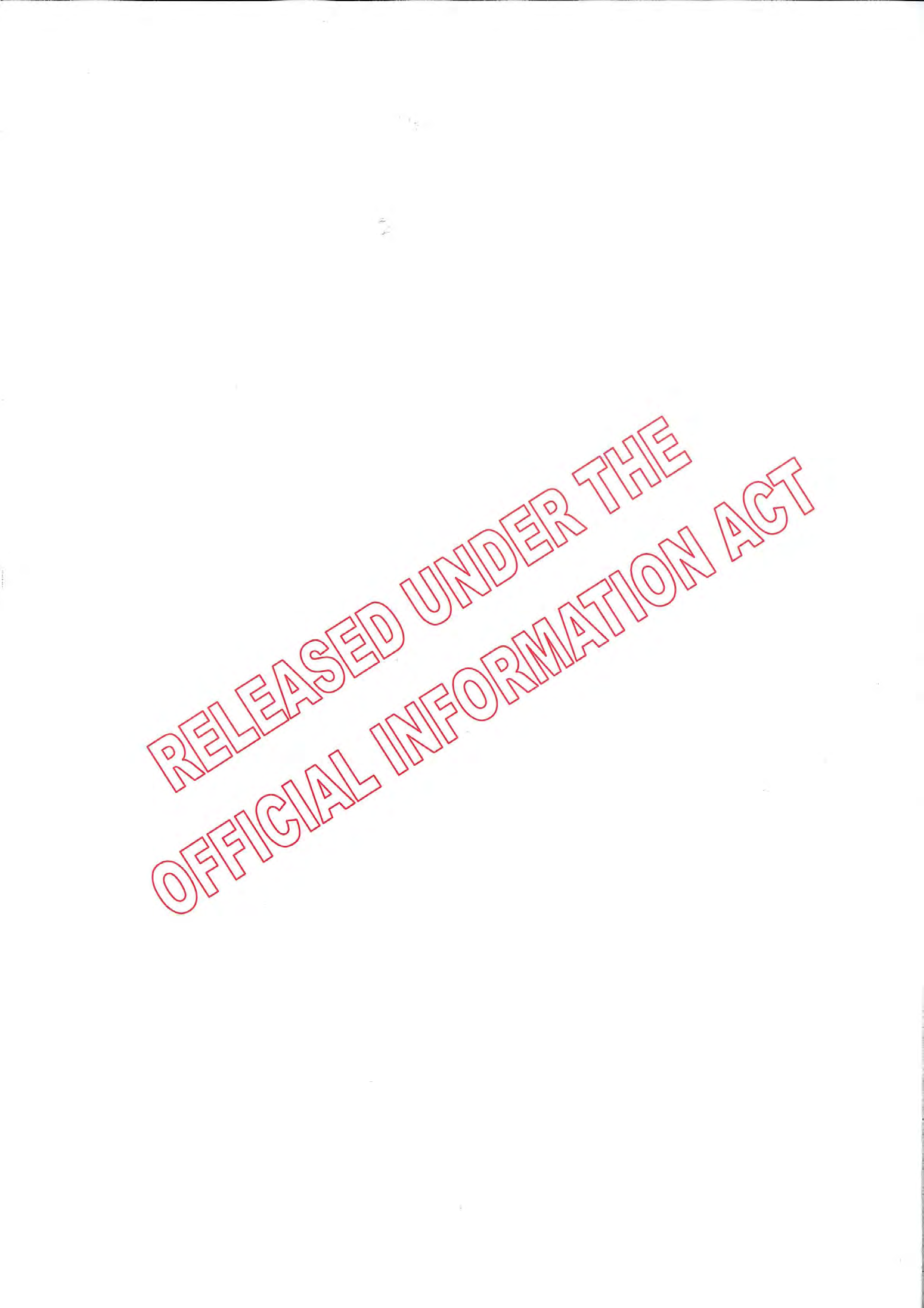
IMPLEMENTING GUIDELINES OR GUIDANCE
- A network of excellence would be a focal point for modelling these
guidelines / guidance and sharing them with others
- Training about using guidelines / guidance is part of an implementation
strategy
- Someone has to stick their neck out and use the guidelines / guidance
- Guidelines / guidance are also useful for bodies that receive complaints
about health services
Participants then broke into small groups to look at the following questions:
- What is needed in order to:
o provide clinicians and trans people with guidance
o make informed decisions / choices and
o ensure optimal care?
Report-backs from group discussions identified the following key points:
ADAPTING OVERSEAS RESOURCES
- The option of developing and applying the World Professional
Association
for
Transgender
Health’s
guidelines
(http://www.wpath.org/) to New Zealand
- Base guidance on good practice here and overseas, and ensure it
is culturally safe and relevant
- Gather up information from around the world as a starting point,
including reviews of the evidence
- There are concerns about the DSM IV diagnosis of Gender Identity
Disorder which may need to be addressed in developing any
guidance
GUIDANCE
- There is an urgent need to get guidance sorted ASAP, with regular
review built into the process
- Guidance is the bigger picture, and particular standards of care can
then fall out of that work.
- Guidance identifies what health interventions are required and is a
stronger basis for decisions about DHB referrals (inter-district
flows), funding and prioritisation of elective surgeries
LINKING PEOPLE, SERVICES AND RESOURCES
- Develop a hub so whatever gateway people enter the health
system, they are able to access gender reassignment services
- Research, education and linkages (e.g. an 0800 number and public
health database) sit alongside the development of consensus
guidelines / guidance
- Potentially, the role of the Human Rights Commission may include
brokering relationships with Royal Societies, providing links to the
wider network of interested people, and creating a safe space for
dialogue and conversations
4
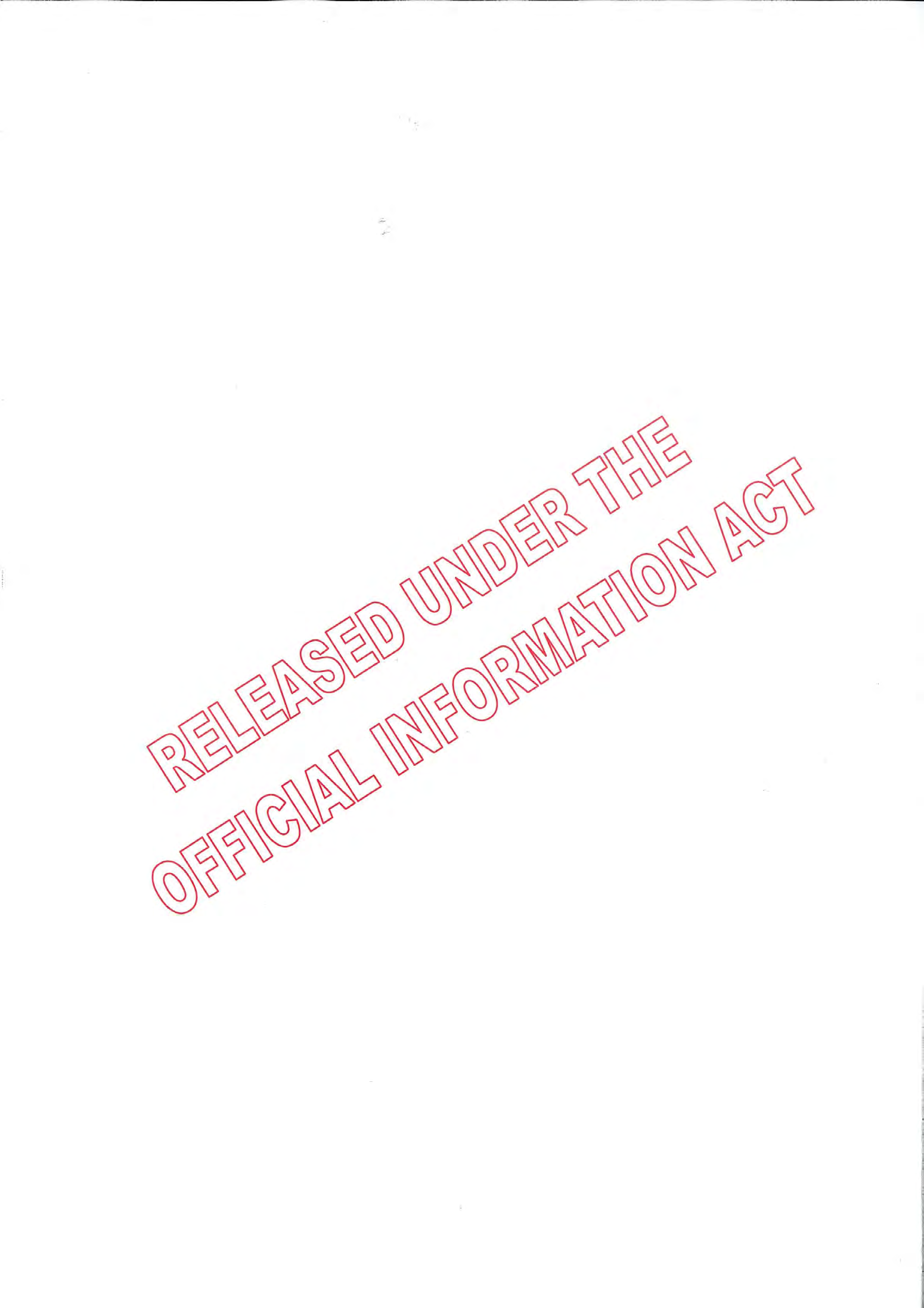
PROCESS
- Recognise trans people as the consumer experts in this area
- Trans people and health professionals working in this area need to
have ownership of the process, because of the sensitivity of the
issues involved, and the level of myths and discriminatory attitudes
about gender reassignment services
- Trans people and groups wish to retain their individuality but need
to work together to have a collective voice on these issues
- There would be concerns if trans people’s involvement in a dialogue
process had any negative implications on their individual access to
treatment
- Buy-in from the Ministry of Health is also very important.
- A funded advisory group is required to progress this work
Next Steps
Commissioner Joy Liddicoat summarised the issues that had emerged
through the day, thanked Warren Lindberg for his facilitation and all those
who had participated, including presenters.
The final group session looked at the next steps required to progress the
Inquiry’s recommendation to develop treatment pathways and standards of
care for gender reassignment services. The preceding discussions had
clarified that the immediate priority is the development of guidance for
clinicians and trans people on a wide range of gender reassignment services.
Participants were asked what should happen next and made the following
proposal:
PROPOSAL:
That the Ministry of Health support a Working Group to develop
guidance for the provision of appropriate health services for trans
people
Further discussion identified the option that this could be a joint proposal from
the Human Rights Commission and the Office of the Health and Disability
Commissioner to the Ministry of Health. It was also stressed that any Working
Group would require collaboration between trans people and health
professionals.
Criteria (for who needs to be involved)
Participants were asked for their ideas about the criteria for choosing people
to be involved in such a Working Group, and ways to ensure a broader group
of trans people and health professionals were also involved.
Initial comments made at the round table discussion were:
- There is a need for all involved to work from a position of mutual
respect, sharing a common sense of purpose
5

- Participation in this ongoing work should be based on skills, expertise
and experience
- Mix and match the people involved, based on specific tasks required at
any given time
- Information skills are required, in order to manage background reading
- The group needs to be broad but also a workable size
- It should include both people receiving and delivering treatment
- Involve decision- makers/ stakeholders
- Overall, there is a need for both individual and organisational
representation (e.g. to ensure buy-in, diversity and a mix of skills)
- It was suggested that health professional bodies could be asked to put
forward someone to be involved
- Some trans people commented that democratic representation can be
harder in trans communities because there are a wide range of groups
and networks, yet many trans people are scattered and don’t belong to
any groups. Therefore asking groups to put forward individual
nominees may not be representative of the wider community or
necessarily result in the right overall skills mix. As a result, some trans
participants suggested it was preferable for the Human Rights
Commission to continue to choose trans participants, based on clear
criteria including ensuring that the diversity of trans people and
communities are represented.
- Briefings with trans communities are one opportunity to discuss trans
people’s participation in this ongoing work, seeking people’s views
- The Human Rights Commission’s responsibility should be transparent
and includes communicating with the wider group of people involved in
the Inquiry
Acknowledgements
- Respect for the process today, as a model for the way forward
- Congratulate Human Rights Commission on the wonderful final report
and trans people on the courageous stories that came forward
- The report has been received well, the timing is right to move forward,
collaboratively.
Resources
Some background resources were on display at the round table discussion
and electronic copies were offered to participants. A list of those resources is
attached to these minutes as Appendix 3.
Actions
The first task was to circulate the notes of this meeting so that others
interested in this Inquiry recommendation can provide any comments about
the issues discussed and the proposal outlined above.
- Circulate first draft of minutes to participants, to correct any errors
- Finalise and circulate minutes, including presentations and
background paper
6
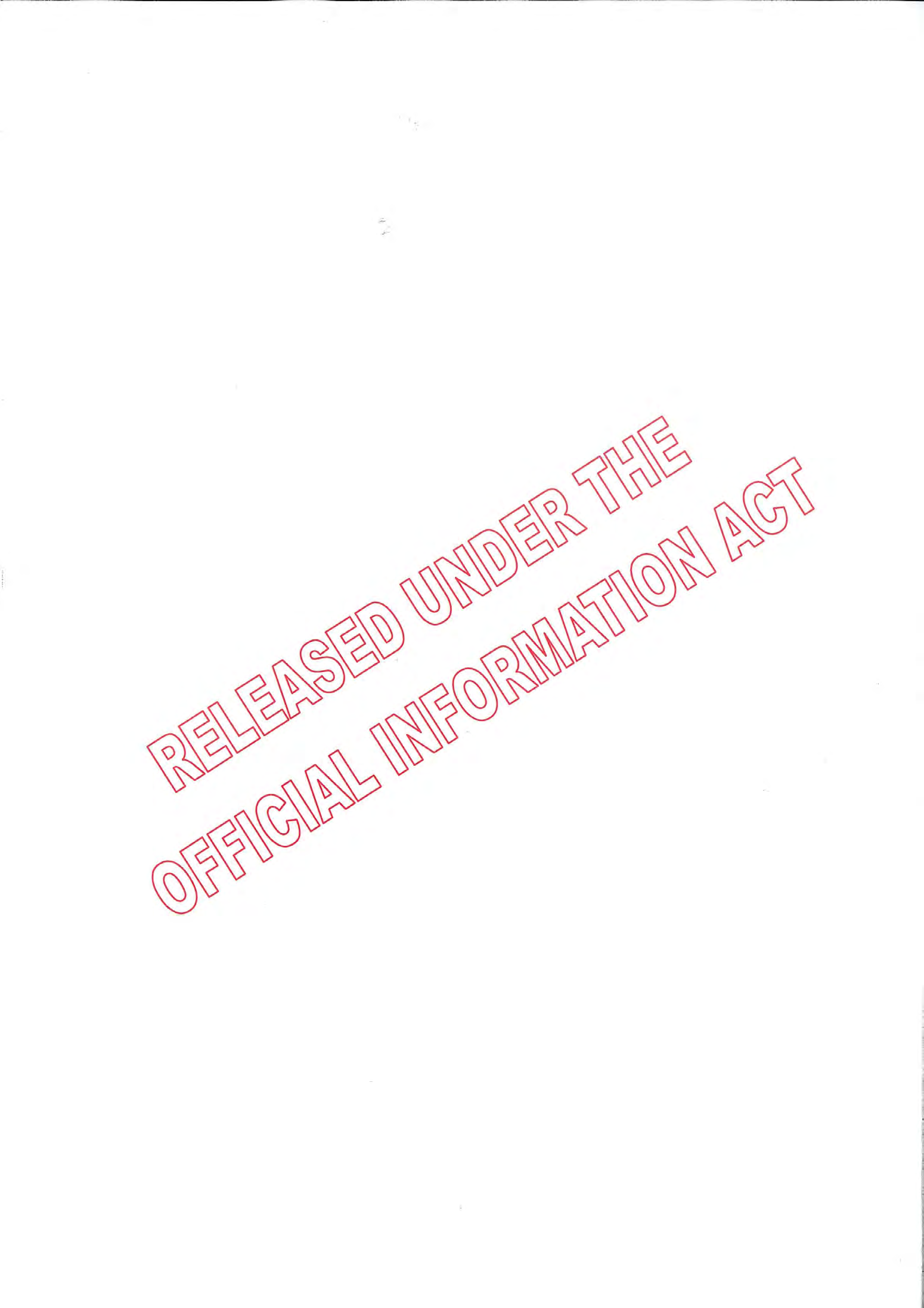 Appendix 1:
Ministry of Health Handout and PowerPoint Overview
DISCUSSION
Appendix 1:
Ministry of Health Handout and PowerPoint Overview
DISCUSSION
Human Rights Commission health sector roundtable discussion on
improving the health of trans people.
Background
The Ministry of Health was asked to provide notes on the range of processes
that could be used to develop “treatment pathways/standards of care” for
trans people. The wider health quality framework has been included to
remind all participants that there are already generic standards that operate
for all health services.
What are the components of the New Zealand health quality framework?
Providers of health services operate within several statutes and national
standards, which together make up the components of the New Zealand
health quality framework. These include:
• the New Zealand Health and Disability Act 2000
• the Health Information Privacy Code 1994
• the Health Practitioners Competence Assurance Act 2002, and
• quality and safety requirements for district health boards outlined in the
‘Service Cover and Operation Policy Framework’.
An important mechanism within the quality system is the Health and Disability
Services (Safety) Act 2001. This Act requires providers of health facilities to
be certified against the generic Health and Disability Sector Standards. The
generic Health and Disability Sector Standards cover:
• consumer rights
• organisational management
• pre-entry and entry to services
• service delivery
• managing service delivery
• safe and appropriate environments
All health providers need to meet the standards of the Health and Disability
(Safety) Act 2001 (certification) in order to continue to operate. These
standards are audited three yearly or more often if needed.
Health of trans people
The Report of Inquiry into Discrimination Experienced by Transgender People
recommends: developing treatment pathways and agreed standards of care
for trans people. The roundtable discussion needs to clarify and define the
type of process that would best provide an acceptable clinical pathway that
could to be implemented.
7
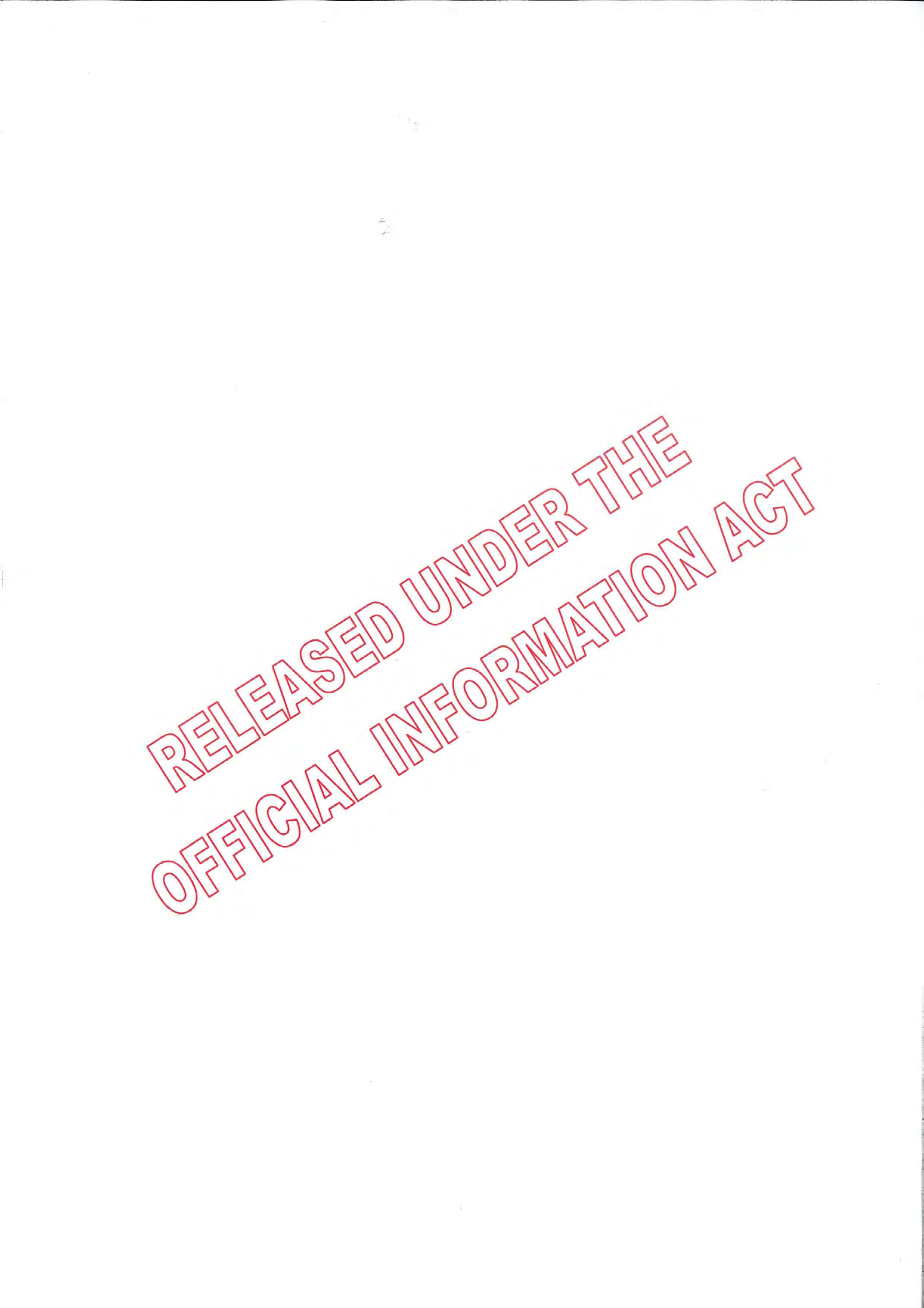
There are several processes that may be used, as part of taking a systematic
approach, to improving care. These include:
1. Clinical pathway
A ‘road-map’ outlining a course of care provided to a person. It is a
combination of clinical practices that result in the most effective, resource
efficient, appropriate treatment for a specific condition, procedure or symptom.
Clinical pathways are a ‘point of service’ tool used to disseminate and
implement clinical guidelines. They are also known by a variety of terms such
as practice guidelines and clinical protocols.
Clinical pathways are evidence-based multidisciplinary plans of care. They
may be for people who have been diagnosed with a specific condition
(diagnosis based), who are having a particular procedure (procedure based),
or who are presenting with a particular symptom (symptom based).
It is essential that sufficient flexibility be built into the pathway format so that it
can be tailored to an individual person’s needs.
2. Evidence based guidelines
Clinical practice guidelines have a very specific meaning in modern medical
language. These are evidence-based statements to help clinicians and
consumers make decisions about appropriate health care in certain
circumstances. A guideline provides an evidence-based summary of the
benefits, risks and contraindications for investigation, treatment and ongoing
management of a particular condition. At a service delivery level a guideline is
used as a tool to close the gap between how we currently practise (and the
outcomes associated with current practice) and other alternative practices
(and the outcomes associated with those practices). It informs decisions for
individual people and for organisations by making clear the benefits, harm and
costs of different treatment options.
An evidence-based guideline maybe considered for an aspect of trans
people’s health such as hormone therapy.
Developing guidelines
In some cases, guidelines may already exist within New Zealand; and
overseas1 guidelines could be updated for the New Zealand situation.
Guideline development requires a large commitment of resources including
literature searches and evaluation, guideline development, leadership of a
small group and information management.
1 Good Practice Guidelines for the Assessment and Treatment of Gender Dysphoria (consultation
closed February 2007) Royal College of Psychiatrists
8
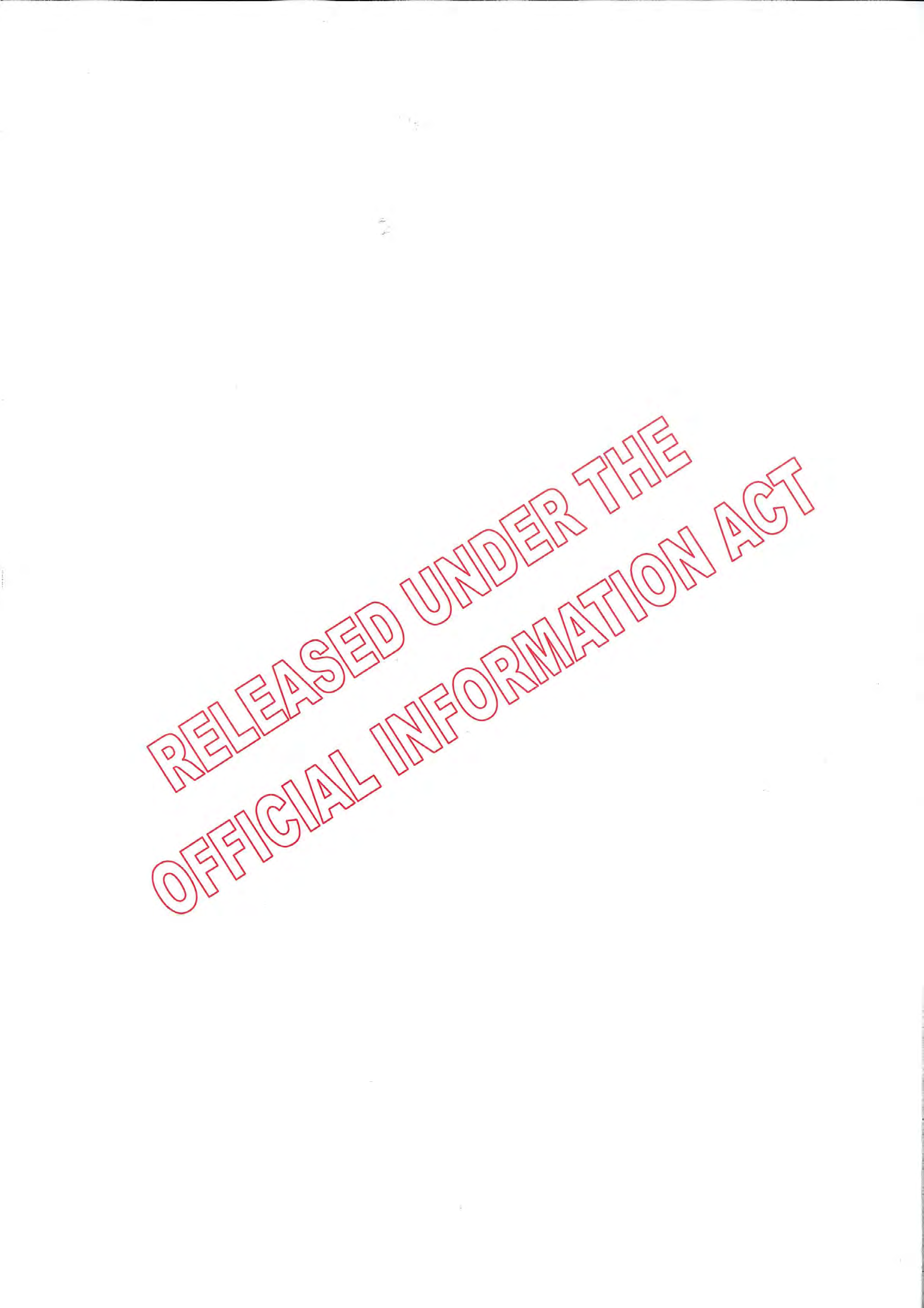
Implementing a new guideline in a service needs planning. It is not sufficient
to issue the guideline to all potential users; it needs to be ‘marketed’ in order
to gain acceptance. Guidelines have a limited shelf life. Regular evaluation
and review of guidelines are essential and ongoing.
3. Standard
A measurable statement about performance describing the quality of care to
be achieved based on the best available evidence. New Zealand health care
is governed by a number of standards as described in the above framework.
Criteria are the key measurable components of a standard. Criteria specify
what is to be measured in a clinical audit, such as the appropriateness of
specific health care decisions, the effectiveness of specific processes of care,
or the acceptability of specific outcomes.
Anecdotally, we know that some health professionals in New Zealand refer to
The Harry Benjamin International Gender Dysphoria Association’s Standards
of Care for Gender Identity Disorders, Sixth Version (February 2001). These
standards are not formally a part of any quality system for trans people health
services in New Zealand.
4. Protocols
Protocols are local tools that set out what should happen, when and by whom
in the care process. They are often seen as the local definition or a particular
care process derived from a more complete guideline. They are tools that
assist in quality and reducing inequalities.
Setting up a quality process
The Ministry of Health has experience of working with the health sector and
consumers to develop all of the above. It is usual practise for the Ministry to
set up a governance/advisory group from across the sector to oversee this
type of work. The Ministry policy for the Purchase of Goods and Services
relates to proceeding with any of the above processes. All these activities take
time and resource commitment.
9
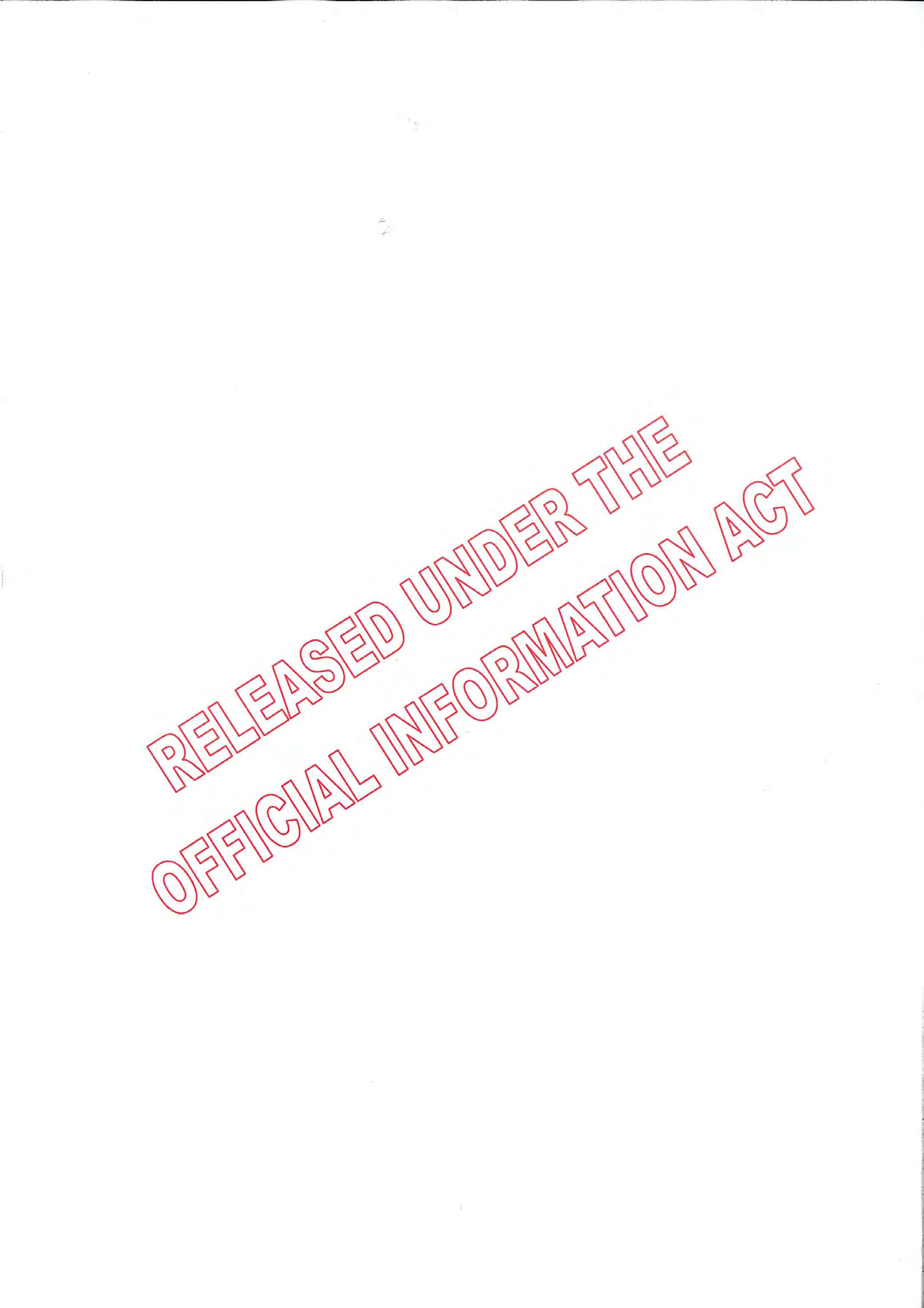
Slide 1 + 2
Components of New Zealand health
quality framework
Clinical and Treatment Pathways
• A road map outlining a course of care
NZ Health and Disability Act 2000
provided to a person
Health Information Privacy Code 1994
• Evidence based multidisciplinary plans of
Health Practitioners Competence Assurance Act 2002
care
Quality and safety requirements for DHBs outlined in Service
– Diagnosis based
Cover and Operation Policy Framework
– Procedure based
Health and Disability Services (Safety) Act 2001
– Symptom based
Slides 3 + 4
Clinical and Treatment Pathways contd
Pathway of care
Recogni ion
Initial Diagnosis
Features of pathways:
S
u
Conforma ion of diagnosis
p
p
-
time- and stage-orientated tools
o
r
De ermination of treatment
tiv
e Ca
-
used to:
Implemen ation of treatment
•synchronise the activities of every member of
re
the health care team
Fo low up Programme
•achieve predetermined patient outcomes
Recognition of recur ence
•provide a continuum of care for those patients
whose outcomes are predictable 60 to
Re treatment programme
75 percent of the time
End of ife care
F om V ctor an Cancer Pat ent Management
F amework
Slides 5 + 6
Clinical and Treatment Pathways contd
Example of clinical pathway excerpt
(text)
Assessment of leg ulcers:
» Assessment and clin cal investigations should be
undertaken by a health care professional trained in ulcer
management (Strength of Evidence III).
» A ful clinical history and physical exam should be
Two common designs:
conducted for a patient presenting with either their first or
recurrent leg ulcer and should be ongoing thereafter
• Text
(Strength of Evidence III).
• Algorithms
10
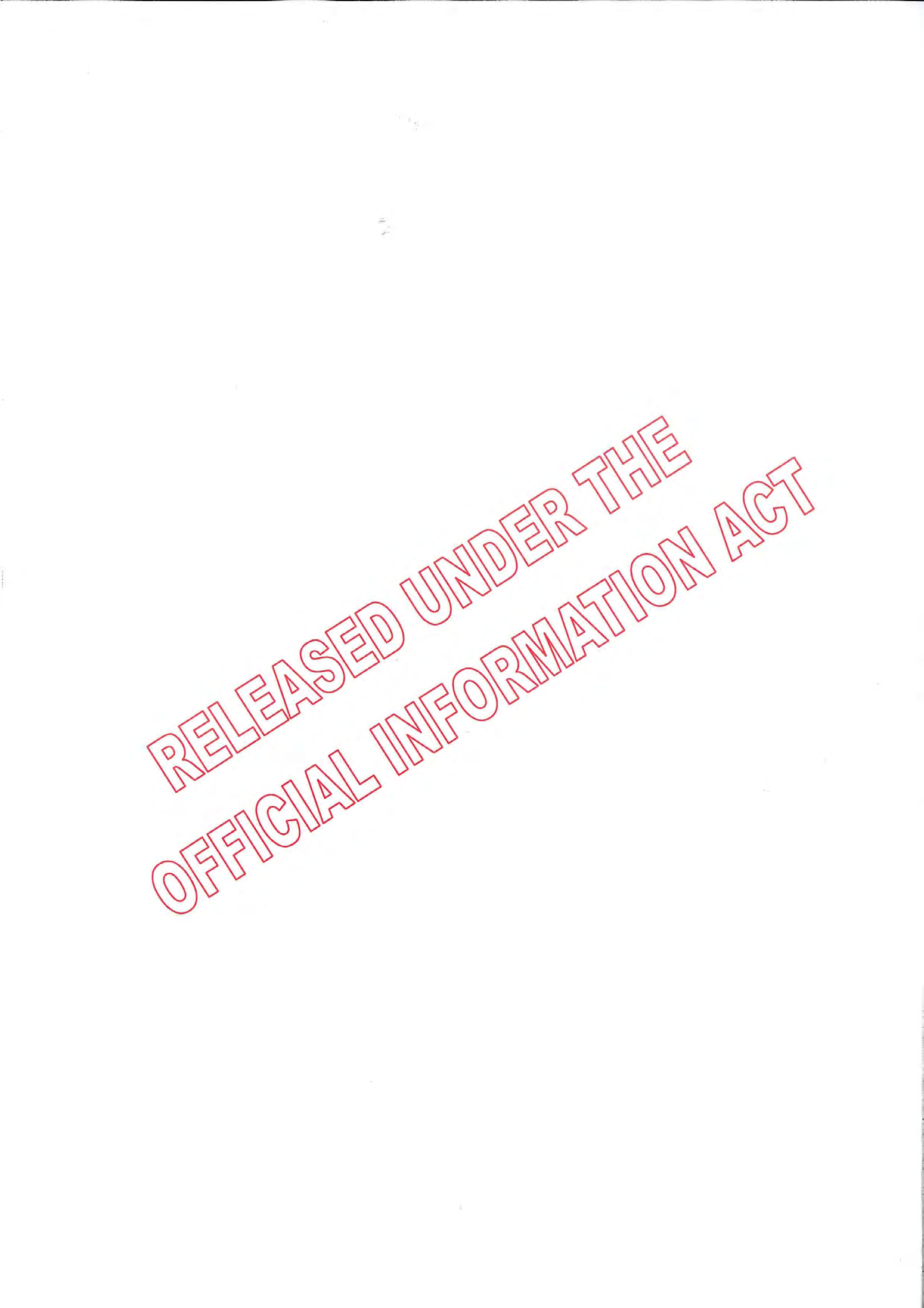
Slides 7 + 8
Leg ulcer > six weeks’ duration
Guidelines
History and clinical exam
• Evidence-based statements to help clinicians and
consumers make decisions
Is patient
diabetic or
Yes
Consider specialist
• Summarises risks, benefits and contraindications for
rheumatoid?
refer al
investigation, treatment and ongoing management
No
• Guideline development requires a large commitment
Doppler of Ankle Brachial Index (ABI).
of resources
Consider refer al to appropriate service fo
management
• Implementation needs careful planning
Ulcer
recurs
Section of an algorithm for the management of chronic
leg ulcers (Ar ol , Bourchier, Gelber Jul et al 2000)
Slide 9
Standards of care
• A measurable statement about
performance based on the best available
evidence
• Criteria specify what is to be measured eg
appropriateness of specific health care
decisions
11
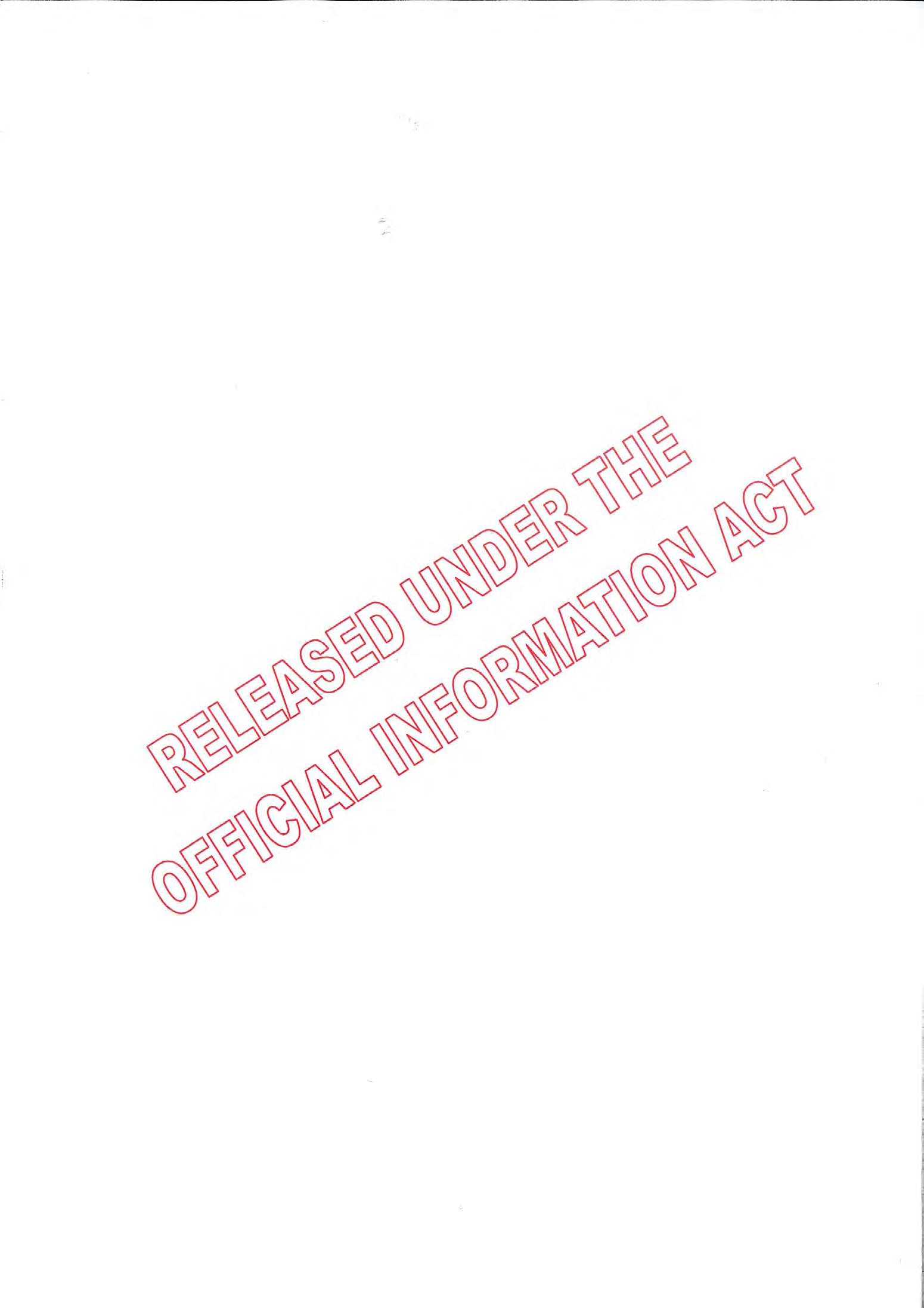 Appendix 2:
Office of the Health and Disability Commission’s Overview
The journey of evidence from studies to individual patient pathways
Research Studies
Synthesis of the
Recommended
Standards
Protocols for
Individual
(
Appendix 2:
Office of the Health and Disability Commission’s Overview
The journey of evidence from studies to individual patient pathways
Research Studies
Synthesis of the
Recommended
Standards
Protocols for
Individual
(includes a range of
research
practice
particular
pathways and care
methodologies
based on the
procedures
plans
involving individual
evidence
participants)
(population based)
▪ Randomised
▪ Review of the
▪ Evidence-based
Standards are
Treatment
Tailored to the
controlled trials
literature
guidelines with
generally used as
protocols are
individual, treatment
(RCTs)
(NZHTA)
graded levels of
requirements to
usually specific to plans and pathways
▪ Clinical
▪ Systematic
evidence (to
ensure specific
a particular
should reflect the
controlled trials
reviews (eg
enable reliability
obligations,
condition or
evidence from
▪ Qualitative
Cochrane
of the guidance to outcomes and/or
procedure
guidelines and
research
Collaboration
be assessed)
standards of care
They are
protocols
▪ Cohort studies
reviews)
▪ Best-practice
are met. They
essentially the
▪ Observational
guidelines
usually include
rules and
studies
(includes some
specific criterion
requirements for
▪ Case control
evidence but
and sometimes
a particular
studies
lacks the rigor of targets or indicators treatment or
▪ Economic
an EB guideline) that can be
procedure.
evaluation
▪ Consensus
measured, reported
studies
guidelines (often on and audited for
▪ Diagnostic test
resorted to when compliance.
studies
evidence is
lacking)
12
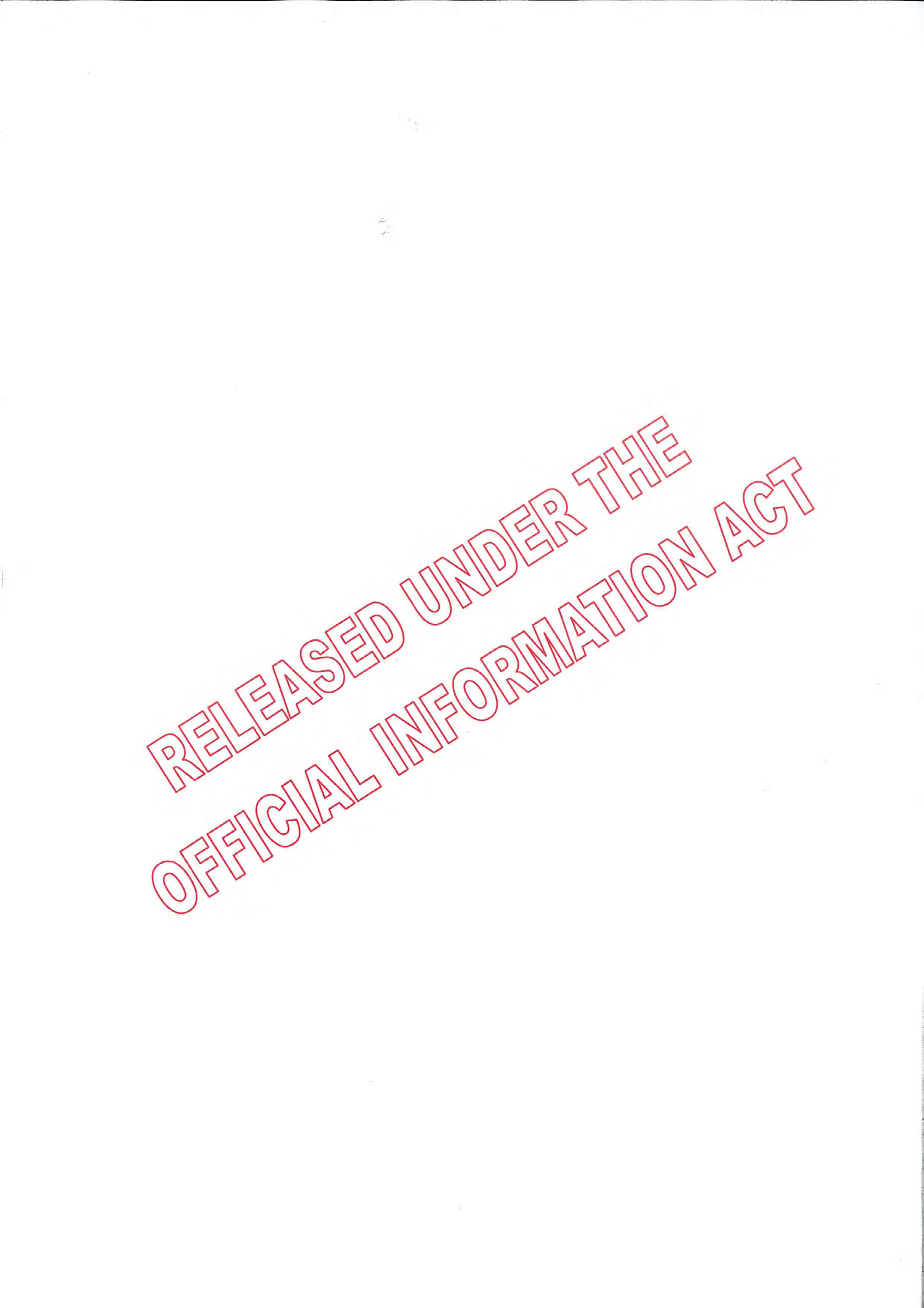 Helpful evidence web sites
http://www.nzgg.org.nz
http://www.phru.nhs.uk/Pages/PHD/resources.htm
Helpful evidence web sites
http://www.nzgg.org.nz
http://www.phru.nhs.uk/Pages/PHD/resources.htm (critical appraisal tools)
http://www.discern.org.uk/
http://www.cochrane.org/
http://www.dipex.org
http://www.cebmh.com/ (Centre for Evidence Based Mental health)
clinical guidelines:
are the recommended best practice in responding appropriately to the condition or need based on the most up-to-date evidence.
This can include expert opinion where there are gaps in the evidence
Consumer experiences are included as a dimension of expert opinion)
Guidelines cover the general overall approach to a condition which is why they are viewed as recommendations, rather than the
very specific and detailed approach outlined in a treatment protocol (usually about one procedure eg IV infusion, administration of
anaesthesia) or pathway (designed for a specific person).
The most desirable guidelines are evidence-based guidelines with specific levels of evidence so the reliability and applicability of
the guidance is more explicit. For instance you would know whether a procedure had been tested in a randomised way to assess
how effective it was and what the risks are. You would also know whether any studies had looked specifically at the effect on the
day-to-day lives of people who had had the treatment.
treatment protocols:
are usually specific to a particular condition or procedure
They are essentially the rules and requirements for a particular treatment or procedure.
A practitioner can be taken to task and may have to justify a deviation to a standard treatment protocol.
treatment pathway:
Also known as a clinical pathway or care plan, this is specific to an individual person.
13
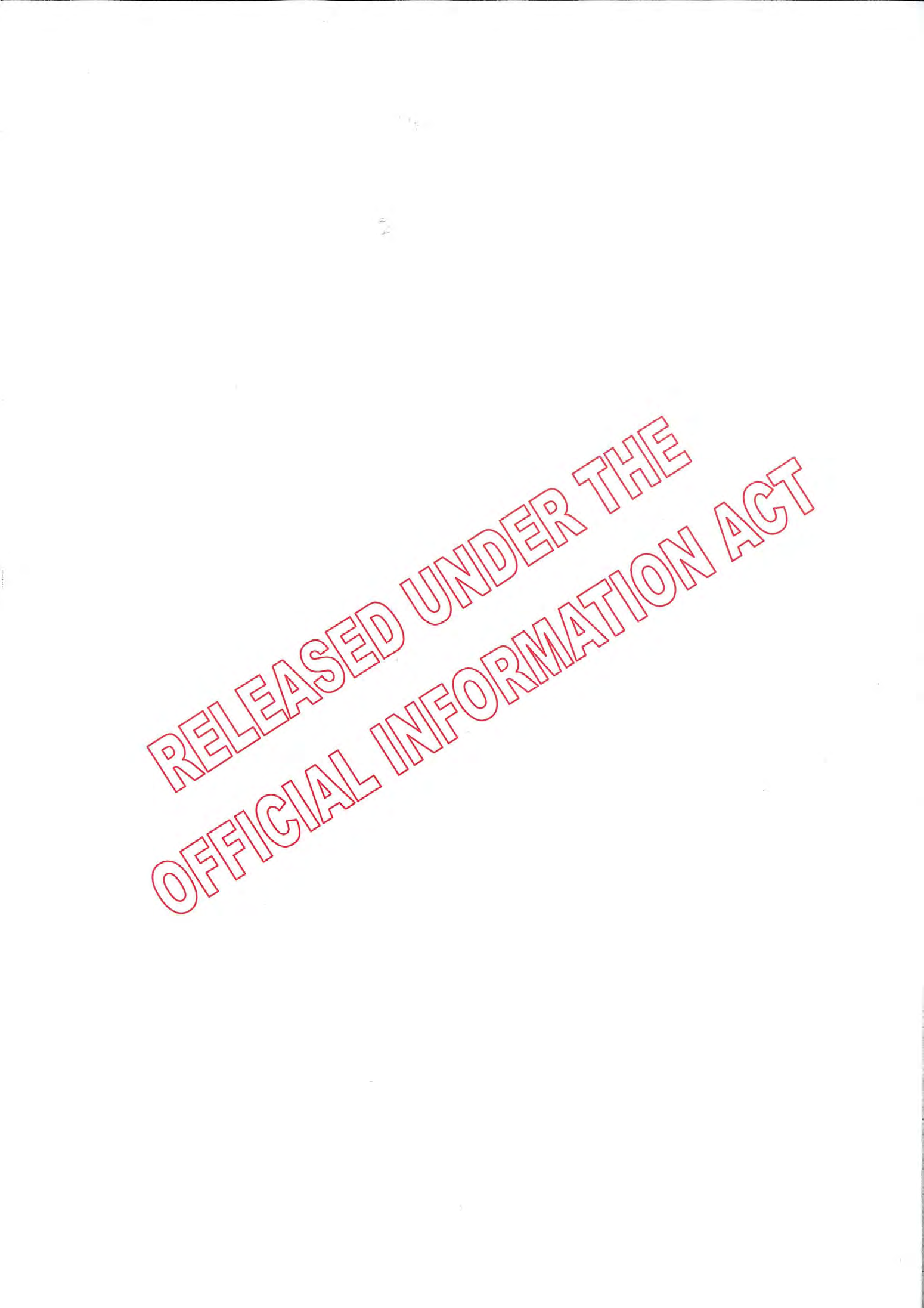 Example of applying the evidence
Example of applying the evidence
So if you were looking at a flow chart for gender reassignment you would start with a review of the evidence/literature review. This
would enable you to develop clinical guidelines of the best approach based on the evidence of best outcomes for this group of
people.
Within this best approach there would be specific procedures such as hormone treatment which may have a treatment protocol.
The pathway would be the individualised plan for a person wishing to achieve gender reassignment, outlining their particular
options/course of action.
Making Sense of the Evidence
( or the need for caution when interpreting data )
Facts:
A) The Japanese eat very little fat and suffer fewer heart attacks than the
British or Americans.
B) On the other hand, the French eat a lot of fat and also suffer fewer heart
attacks than the British or Americans.
C) The Japanese drink very little red wine and suffer fewer heart attacks
than the British or Americans.
D) The French drink lots of red wine and suffer fewer heart attacks than
the British or Americans.
Conclusion: Eat & drink what you like. It's speaking English that kills you.
14
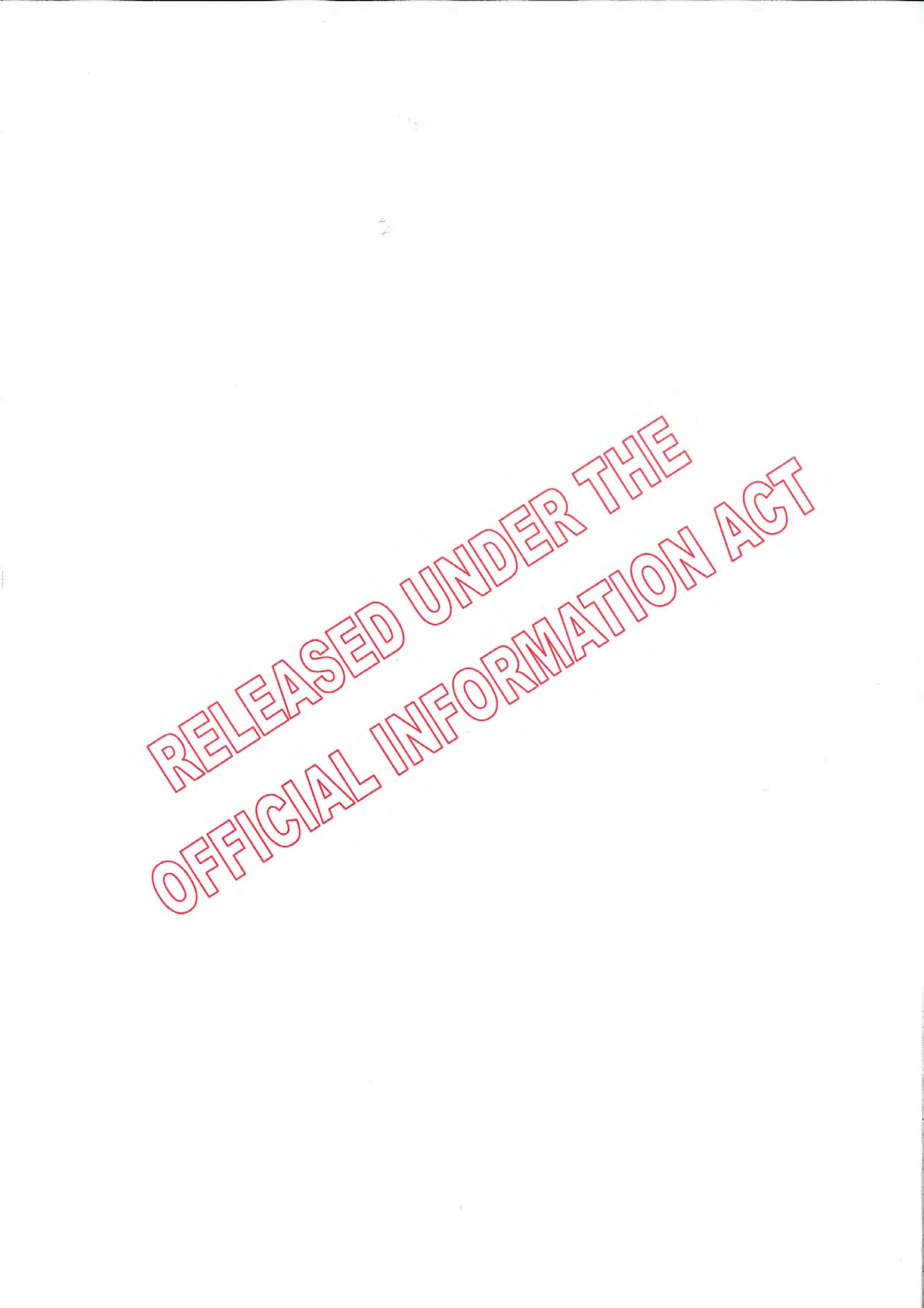 Appendix 3:
Some Selected Trans Health Resources
Appendix 3:
Some Selected Trans Health Resources
Most of the resources below were available to participants at the health sector
round table discussion. The British Columbia protocols were circulated by one
of the health professionals shortly afterwards.
INTERNATIONAL
The World Professional Association for Transgender Health’s Standards of
Care – this organisation's professional consensus about the psychiatric,
psychological, medical, and surgical management of gender identity
disorde
rs: http://wpath.org/Documents2/socv6.pdf
UNITED KINGDOM:
UK Guidelines for Health Organisations Commissioning Treatment Services
for those Experiencing Gender Dysphoria and Transsexualism (April 2005 ):
http://www.pfc.org.uk/files/medical/pf-guide.pdf
These guidelines have been produced by the Parliamentary Forum on
Transsexualism
(http://www.lynnejones.org.uk/transsex.htm#forum) to assist
purchasers to make clinically appropriate decisions in respect of funding all
aspects of the treatment of people experiencing any degree of gender
dysphoria. This guidance is based on the collected best practice advice of
those principally concerned with advising, helping and treating transsexual
people and on the personal experience of trans men and trans women:
The University of Sheffield’s research on Evidence-based Commissioning
Collaboration: Gender Reassignment Surgery:
http://www.pfc.org.uk/files/ScHARR.pdf
Royal College of Psychiatrists’ Consultation on Draft Good Practice
Guidelines for the Assessment & Treatment of Gender Dysphoria (closed 16
February 2007)
: http://www.pfc.org.uk/node/1430. This website also includes
a range of trans individual and group responses to that consultation process:
http://www.pfc.org.uk/node/1454
These and a wider range of resources can be found on the UK Press for
Change website under the following headings:
Good Practice: http://www.pfc.org.uk/node/613#good
Standards of Care:
http://www.pfc.org.uk/node/613#standards
Overseas guidelines: http://www.pfc.org.uk/node/613#lit
Evidence-based medicine and research:
http://www.pfc.org.uk/node/613#evidence
Department of Health publications:
http://www.pfc.org.uk/node/613#equality
IRELAND
The Irish Equality Authority’s 2004 report
Access to Health Services for
Transsexual People 2004) - This report combines findings from a small scale
qualitative study of the views of transsexual people with an examination of
15
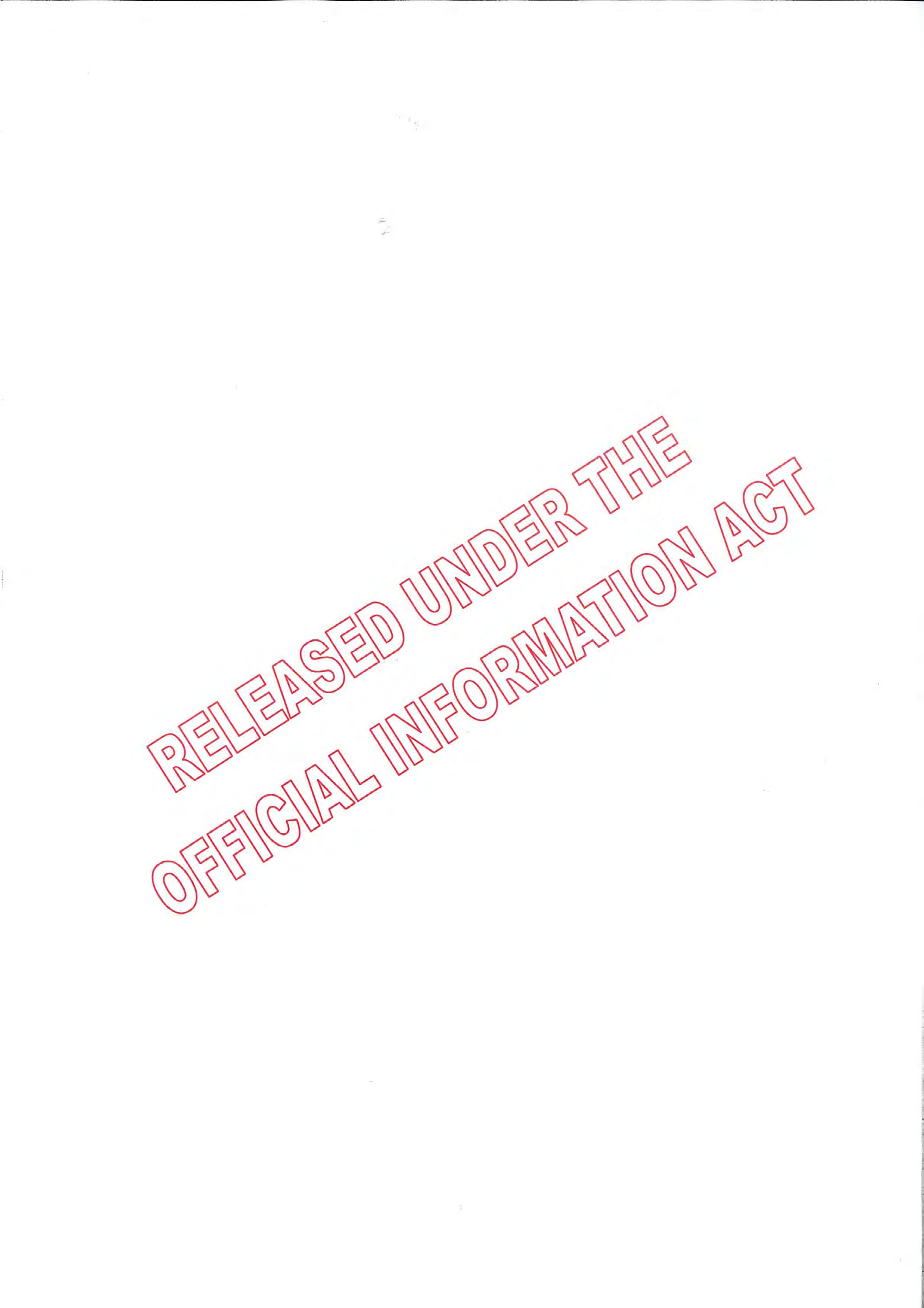
current
healthcare
policy
and
practice
in
Ireland.
http://www.equality.ie/index.asp?locID=105&docID=254
CANADA
The Ontario Public Health Association’s Trans Health Project – A position
paper and resolution adopted by the Ontario Public Health Association:
http://www.opha.on.ca/ppres/2004-06 pp.pdf
Trans Care Project, British Columbia (BC) – Local and international clinicians,
expert in transgender care, worked with transgender community members to
co-create these seven sets of detailed practice protocols for clinicians in BC.
They include separate guidelines covering:
• Transgender Primary Medical Care
• Counselling and Mental Health Care of Transgender Adults and Loved
Ones
• Social and Medical Advocacy with Transgender Adults and Loved
Ones
• Caring for Transgender Adolescents
• Endocrine Therapy
• Transgender Speech Feminization / Masculinization and
• Care of the Patient Undergoing Sex Reassignment Surgery
They are all available from
http://www.vch.ca/transhealth/resources/careguidelines.html This Vancouver
Coastal Health website also includes a large number of consumer guides.
UNITED STATES
Links to some US guidelines for those working with trans youth can be found
on the Press For Change website here -
http://www.pfc.org.uk/node/613#lit
This is a 30 March 2008 interview from the Boston Globe with Dr Norman
Spack, paediatric endocrinologist at Children's Hospital Boston:
http://www.boston.com/bostonglobe/ideas/articles/2008/03/30/qa with norma
n spack/
NEW ZEALAND
A February 2002 Tech Brief commissioned by the Ministry of Health to
determine the level of evidence supporting the effectiveness of gender
reassignment surgery:
http://nzhta.chmeds.ac.nz/publications/trans gender.pdf
16















